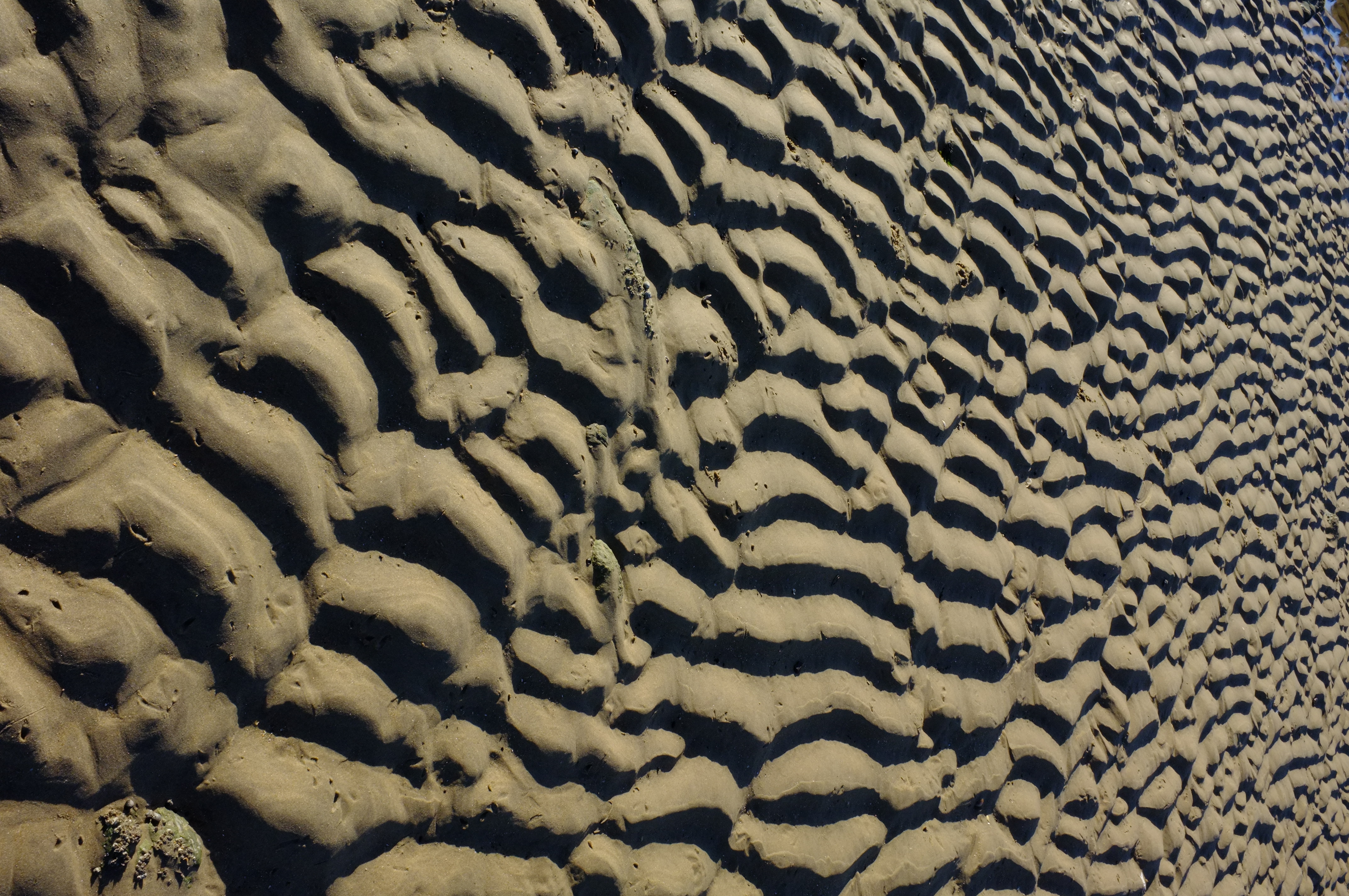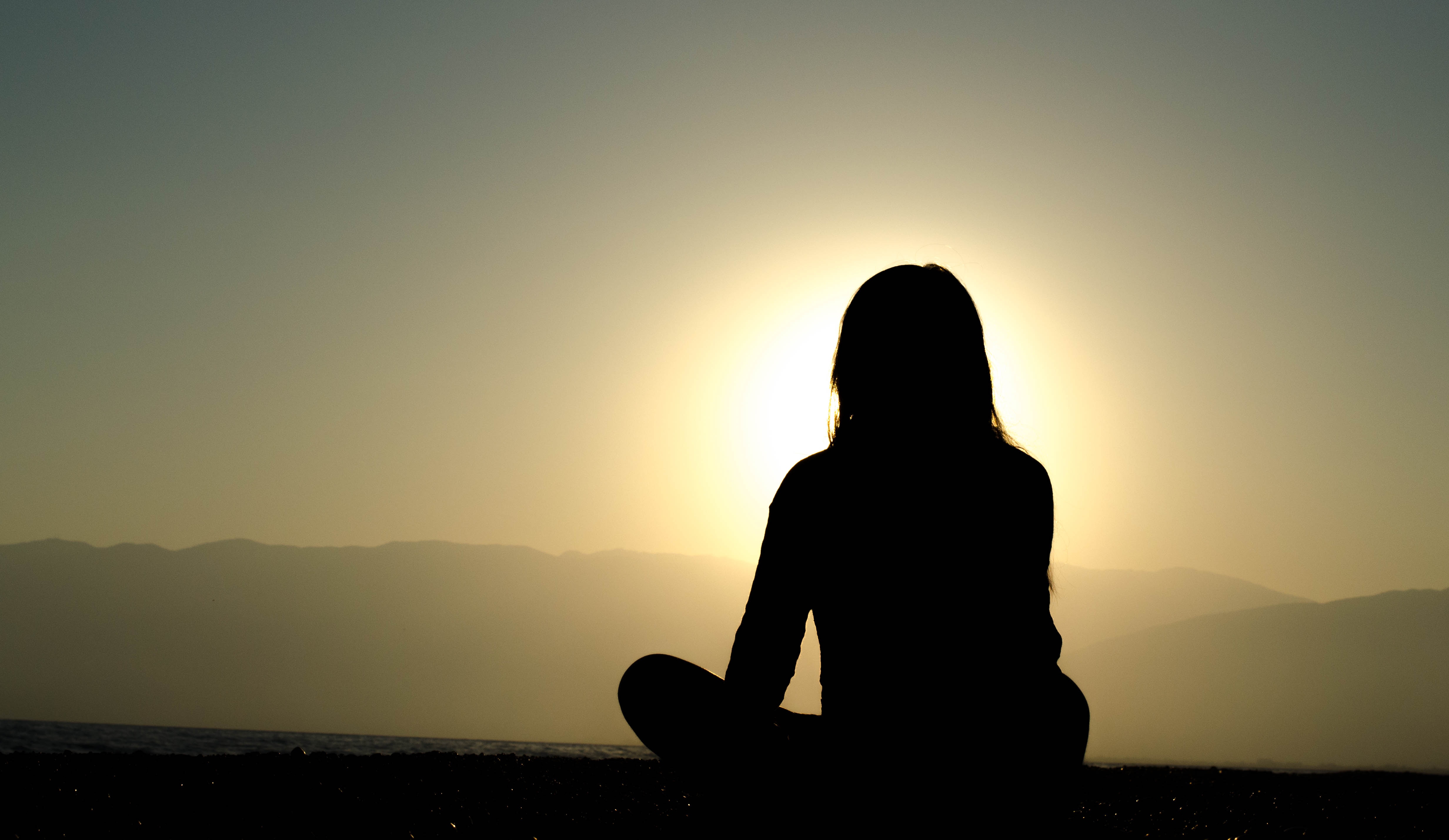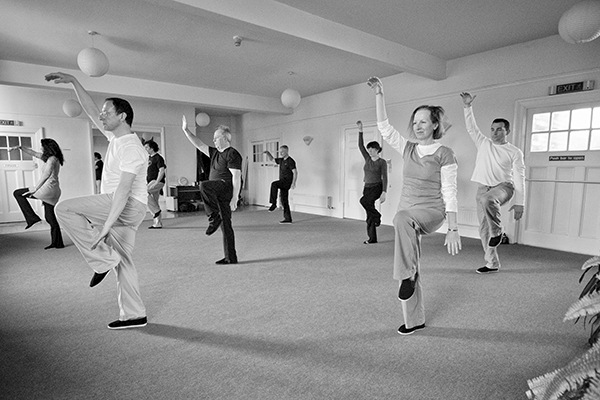The Hun Yuan Qigong was developed by Grandmaster Feng Zhi Qiang. Grandmaster Feng, already an accomplished eternal gongfu fighter, studied Xinyiquan with Han Xiao Feng and Chen style Taijiquan with Chen fake. He went on to create his own style known as Chen style Xinyi Huan Yuan Taijiquan and is recognized today as one of the most skilful and innovative living masters in China. The Hun Yuan Qigong is an integral part of this system.
Master Mao Bao Guo Honorary President of the British Hun Yuan Tai Ji Association studied the Hun Yuan system with Feng Zhi Qiang,s disciple Master Wang Chaihai and has since developed the qigong set in a unique way incorporating his own insights. In particular Master Ma’s qigong has a strong flavour of Wudang and Emei styles in which he is also a lineage holder.
Read More
Clear Water Classical Qi Gong combines physical exercises and stretches with meditation. It is usually practiced in standing or sitting and has a very long history in China, images of people practicing the postures and
movements have been found in a tomb dating from 167 BCE. There are many styles of practice ranging from strong physical movements and martial arts to silent meditation; at the root of all is the aim of balancing the mind and body, both internally and within the wider environment. The style practice at the Apothecary sessions is simple, quiet and rooted in finding a natural balance. It draws in daoist philosophy: ‘By sitting still you can know the whole world’ . We start with exercises in standing, allowing the body and mind to stretch, release and find their natural balance; slowly we move into a quiet sitting (nei gong) encouraging stillness and a deep connection with the world around us. The benefits are many: release of tension, sense of calm and well being, a better understanding of yourself and your world, a sense of balance, a few moments to escape from a busy life
Dragon and Tiger Qigong was passed down in China from Zhang Jia Hua, a doctor of Chinese medicine. She was extremely proficient in the use of qigong for medical purposes. At one time, she was the vice president of the All China Qigong Association.
Zhang Jia Hua was so taken with Dragon and Tiger Qigong that in 15 years of active teaching, during the 1960-1970s, she taught and qualified more than 20,000 instructors who spread Dragon and Tiger Qigong to over 20 million people in China.
Many qigong sets in China are named for the qualities and purpose for which they are designed. The general purpose analogy in Dragon and Tiger Qigong is that you develop the agility and flexibility of a flying dragon and the relaxed power of a pouncing tiger.
Chinese medicine gives it more specific meanings: the tiger's immense strength and responsiveness are traits that derive from the liver—hence the tiger is a metaphor for a healthy and strong liver. The dragon's ability to fly is a trait that resides in the lungs—hence the dragon is a metaphor for healthy and strong lungs.
Read More


10 Kingsgate Place, 2nd floor, NW6 4TA Public classes Monday 6pm-715pm
one to one private sessions available Monday Thursday and Friday
Prices
Membership £50
Classes are £10 per Class
Months classes £40
One- to -One hour sessions are £40
